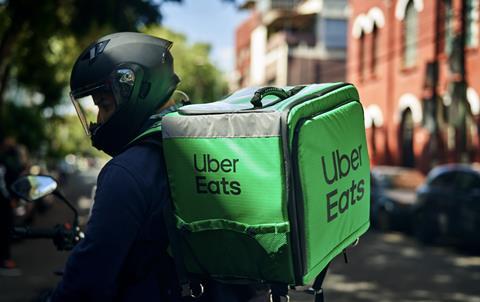
Uber Eats couriers will soon be picking items from store shelves, as well as delivering the orders, the company announced today.
Hailed as a first in Europe for a delivery platform, the ‘Courier Pick & Pack’ service launch comes after its rollout by Uber in the US, Japan and Australia.
“If you’re a retailer, being able to set up and support e-commerce can be quite difficult,” Susan Anderson, Uber VP of grocery & retail, told The Grocer. “Demand can be spiky, it can hard to resource.”
As well as being able to serve “smaller merchants and independents” who want to offer quick commerce, the courier picking option was “seeing a lot of demand from larger merchants” too, Anderson said.
“They may do lots of pick and pack themselves and in quieter periods that’s a great way for them to do it and maximise utilisation of their employee base, which is more efficient for them, but when there’s spikes they want to be able to lean on that flexible workforce to be able to come in and do that work,” she added.
Couriers receive an estimated time to pick the order – and once picked they queue up at a manned or self-service checkout like any other in-store customer. The couriers will also front the payment for the order and get reimbursed later, or else use credit on Uber’s ‘Plus’ card to make the payment.
A raft of new features in the courier-facing Uber Eats app will guide them through finding the items, ensure they have picked the right product, and offer tips on picking the freshest produce.
Couriers will be told where in the store – an aisle and shelf number – to find each product, and then scan the barcode with their phone to verify they have picked correctly. If they have picked and scanned incorrectly, machine learning algorithms in the background will inform them of the likely mistake – for example the wrong pack size or variant. The app will also suggest replacements if an item is out of stock.
Couriers will be required to weigh fresh produce items to pick an item closest to the customer’s request.
Retailers will be able to turn the courier pick option on and off, for example during the busiest store periods. Retailers will pay for the privilege of having Uber couriers pick the order – the mechanics of which “depends on the commercial arrangements” Anderson said.
The new feature means stores can onboard on to the Uber Eats app and begin deliveries “extremely fast” Anderson said. “They can unlock quick commerce pretty much overnight,” she said.
On the customer-facing side of its app, Uber announced today the launch of ‘Active Order Adjustments’, which gives shoppers the ability to add or subtract items from their order, as it is being picked. The feature is only available to orders where a courier is picking items from shelves. The new features also allow couriers to communicate with the customer as they shop – for example if they are “not sure how ripe they want their items”.
The first retailer using Courier Pick & Pack is expected to be announced soon. The feature will roll out elsewhere in Europe in the coming months.
Globally, 14% of orders made on Uber Eats are for groceries – a proportion understood to be higher in the UK. The company said in the past two years the number of people who had placed a grocery order via Uber Eats in the UK had close to doubled.
“It’s very clear that grocery shopping trends have fundamentally changed… We’ve become a global leader in the field, and is the reason why we are launching new products like Courier Pick & Pack, which we believe will change the way people shop for groceries,” Anderson said.
Having couriers enter stores, pick orders and then deliver them is not a new concept – and has been pioneered by Instacart in the US. In the UK, a similar model was introduced by Buymie, which was acquired by Irish grocery chain Dunnes Stores in 2023.
Asked whether it was likely one of Uber’s rivals like Deliveroo or Just Eat would introduce an alike feature, Anderson said: “This is new to the UK but we’ve been using Courier Pick & Pack all around the world, it’s very well proven, we have years of experience now and the technology is pretty sophisticated so even if they brought it out quite quickly they would have a lot of work to catch up to where we are.”







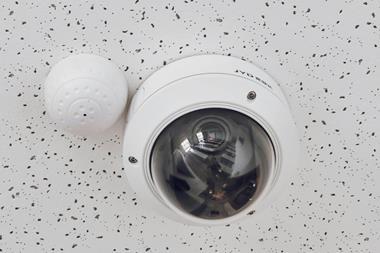
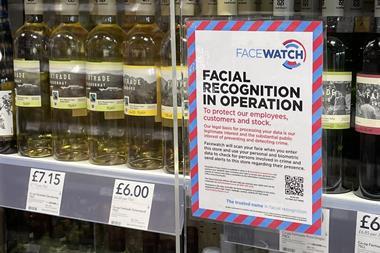
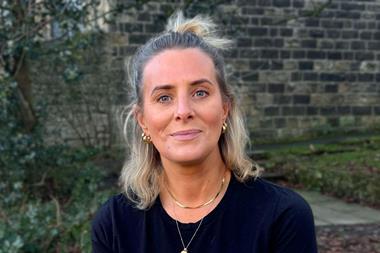

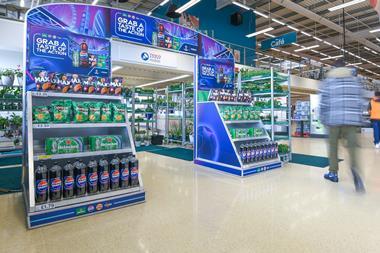
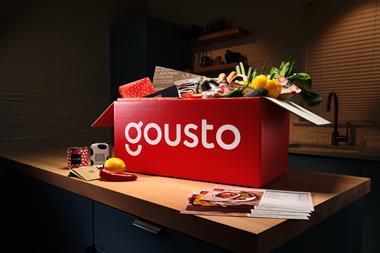





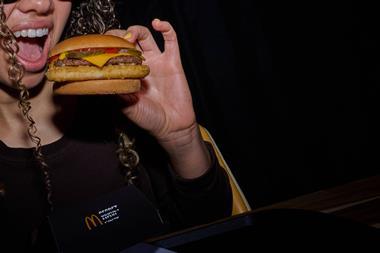
No comments yet